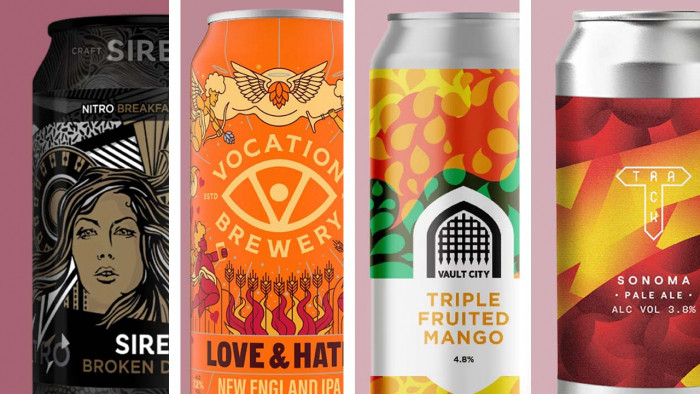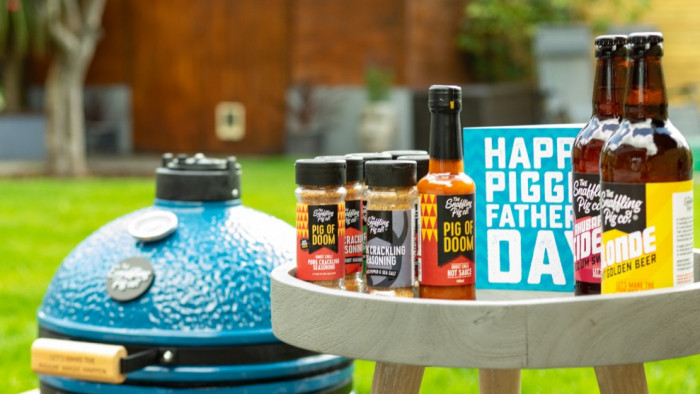We didn't rise to the top of the food chain by being careless.
For eons and eons, knowing what to eat - and not to eat - has been an integral part of humanity's survival. Well guess what? There are still plenty of seemingly innocuous foodstuffs that could send you to an early grave.
So before you go all Bear Grylls, try bearing in mind these particular dangerous foods…

Ackee
Bob Marley. Bobsleigh teams. Men who can run faster than trains. The list of successful Jamaican exports is as long as it is strange; though let’s all have a huge sigh of relief that the native Ackee fruit hasn’t quite taken off in these parts. If consumed unripe, its pods and seeds put eaters at real risk of absorbing hypoglycin - an unnatural amino acid not found in humans’ genetic code - after which a person's blood sugar will drop dramatically in less than two hours and the bloodstream will quickly fail to cope with a lack of glucose. During this period, the person will likely vomit, have blurriness and seizures. During a three month period in Haiti in 2001, there were 36 reported ackee-related deaths.

Apricot kernels (seeds)
Eaten sparingly, apricot kernels are entirely fine for you. Eaten in bulk, they could well be poisonous, producing levels of cyanide fatal in high doses over a short period of time. Even the UK’s Food Standards Agency has been quick to warn consumers of the dangers faced with eating more than two bitter apricot kernels a day. Shame no one told Turkey, where people have known to have died on ‘seed binges'. Hardcore.

Monkey brains
It may not come as a total surprise to learn that monkey brains, still seen as a delicacy in large parts of Asia, aren’t all that safe to eat. Yet the most horrifying aspect is just what munching on a primate’s thinking box could do to your own noodle: not a million miles off mad cow disease, Variant Creutzfeldt Jakob is an all too real threat in monkey brains, which if caught will eventually fill your brain with holes and turns your cells into a mushy mess. Call it karma.

Rhubarb
Fruit? Vegetable? Who cares - what you really need to worry about rhubarb, the food world’s equivalent of The Beano, is that the cartoonish looking stalk may be fine but the leaves are highly unsafe. Cooked or uncooked, eating the leaves will more than likely see you ingest oxalate, which can cause seizures, comas and even death. And before you ask, custard isn’t a viable antidote.

Casu marzu
Literally translating to ‘rotten cheese’, this still doesn’t do justice to the revoltingness of this Sardinian dish, full of very much alive wiggling maggots. We’d go with ‘foul smelling larvae’ ourselves, but then what do we know? Traditionally eaten by locals for its ‘aphrodisiac’ effects, the dish is made by leaving sheep’s-milk cheese outside to allow flies to lay eggs inside which later hatch into maggots and feed on the cheese causing fermentation – some locals even wear special eye protection as maggots have been known to jump into eyeballs. Not quite MasterChef is it? Banned by the EU but still a ‘treat’ in some quarters, we’re full thanks.

Pufferfish (fugu)
It may very well be the closest living creature to a Pokémon we have, but the pufferfish is also pretty much shorthand for ‘don’t eat it, it’ll kill you’. With enough toxins to kill 30 people in a single fish, just a pinhead-sized dose of tetrodotoxin could be enough to leave you paralysed - first numbing the face, then bringing on dizziness, vomiting and muscle paralysis - hence why specialist chefs require a minimum two years training before being allowed to dice it up into ultra-thin slices for select Japanese restaurants. We imagine the sight of the bill probably won’t be too good for your health either.

Elderberries
Fathers smell of them (or so Arthurian legend tell us) and non-alcoholic cocktails were practically made for them. This much you do know about the humble elderberry. What you might not know is that its twigs, seeds and leaves are laced with a deadly chemical similar to cyanide which can bring about severe illness and nausea. You’ll probably escape a grizzly death but if it doesn’t look ripe, leave it be.

Sannakji
You’ve seen Oldboy: eating a live tentacle seafood isn’t big, nor is it clever (it does make for a cracking scene in cinema, mind). Well it appears dead ones aren’t that easy to wolf down either, especially ones which continue to move around after it has been diced up into tiny pieces. So strong are the suction caps of Sannakji (a raw baby octopus) they have been known to even latch onto the mouth and throat and attempt to climb back out of the diner’s mouth, making them a genuine asphyxiation hazard and arguably the creepiest food we’ve ever heard of.

Raw Honey
Relax, the organic Greek yogurt is fine, put it back in the fridge. Any gloop of honey you stirred in will likely have already gone the through a pasteurisation process, killing nasty, unwanted chemicals like grayanotoxin – so disagreeable with your innards that a single teaspoon's worth would be enough to cause you blurred vision and 24hr vomiting. Stick to the store-bought stuff.

Chaya
Hear superfoods and you think of the overly priced, organic smoothies lining the shelves in Wholefoods. That, or Popeye doped up to his eyeballs on spinach. Needless to say, you won’t have thought of Chaya, a marvellously healthy and similar tasting plant to spinach found in Mexico but little known everywhere else. However, given the leaves of this ‘miracle plant’ contain lethal amounts of cyanide, you’ll need to boil them for a minimum of five minutes. Might want to make it six just to be sure.
Latest
Related Reviews and Shortlists


The best craft beers: 17 of the best beers









